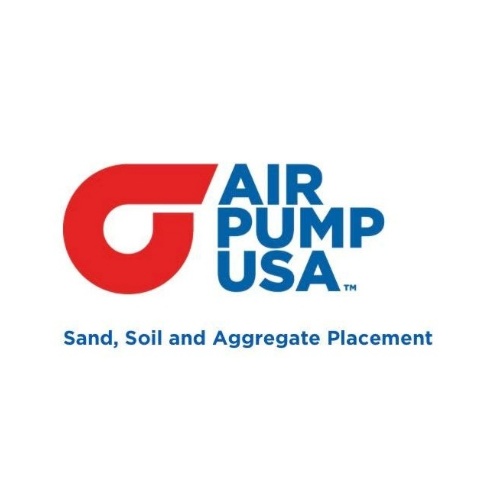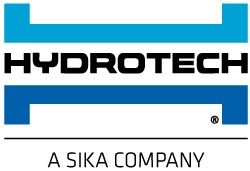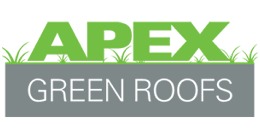Additional Resources
Visit the Michigan State University Green Roof Research Program website here.Complete results are published in Monterusso et al. (2005) HortScience 40(2):391-396.
The Department of Horticulture at the Michigan State University (MSU) initiated their greenroof research program in collaboration with Ford Motor Company during 2000 in an effort to advise them on the installation of a 10.6 acre extensive green roof on a new assembly plant in Dearborn, Michigan. Numerous experiments are currently being conducted on 48 simulated roof platforms at the Horticulture Teaching and Research Center at MSU. The objectives of their ongoing research are to evaluate plant species, propagation and establishment methods, substrates, water and nutrient requirements, and water quality and quantity of runoff.Long-term screening of plant species is being conducted on a series of 24 (4? x 4?) and 24 (8? x 8?) raised roof platforms at the Horticulture Teaching and Research Center. These test platforms were constructed by ChristenDETROIT Roofing Contractors, Detroit, Mich., and were funded by Ford Motor Company. Each platform is built per the same ASTM International standards that would be required for a commercial building and are equipped with layers of insulation, waterproofing, a green roof drainage system, root barrier, and substrate.
The site is equipped with a weather station, thermocouples measuring temperatures at various depths in the growing substrates, and electronic tipping buckets that record the volume and rate of stormwater runoff from the individual platforms. Measurements are taken every five minutes, 24 hours a day, and are recorded on a datalogger that can be downloaded onto a laptop computer. A plant competition study involving combinations of 18 herbaceous species native to Michigan and nine species of Sedum is currently in its third year. They are also conducting other plant evaluation studies with over 100 species in the greenhouse and outdoors. Criteria for evaluating species include rate of establishment, heat and cold tolerance, drought tolerance, ability to exclude invasive weeds, plant competition, survival, and persistence.
 Greenroofs.comConnecting the Planet + Living Architecture
Greenroofs.comConnecting the Planet + Living Architecture





